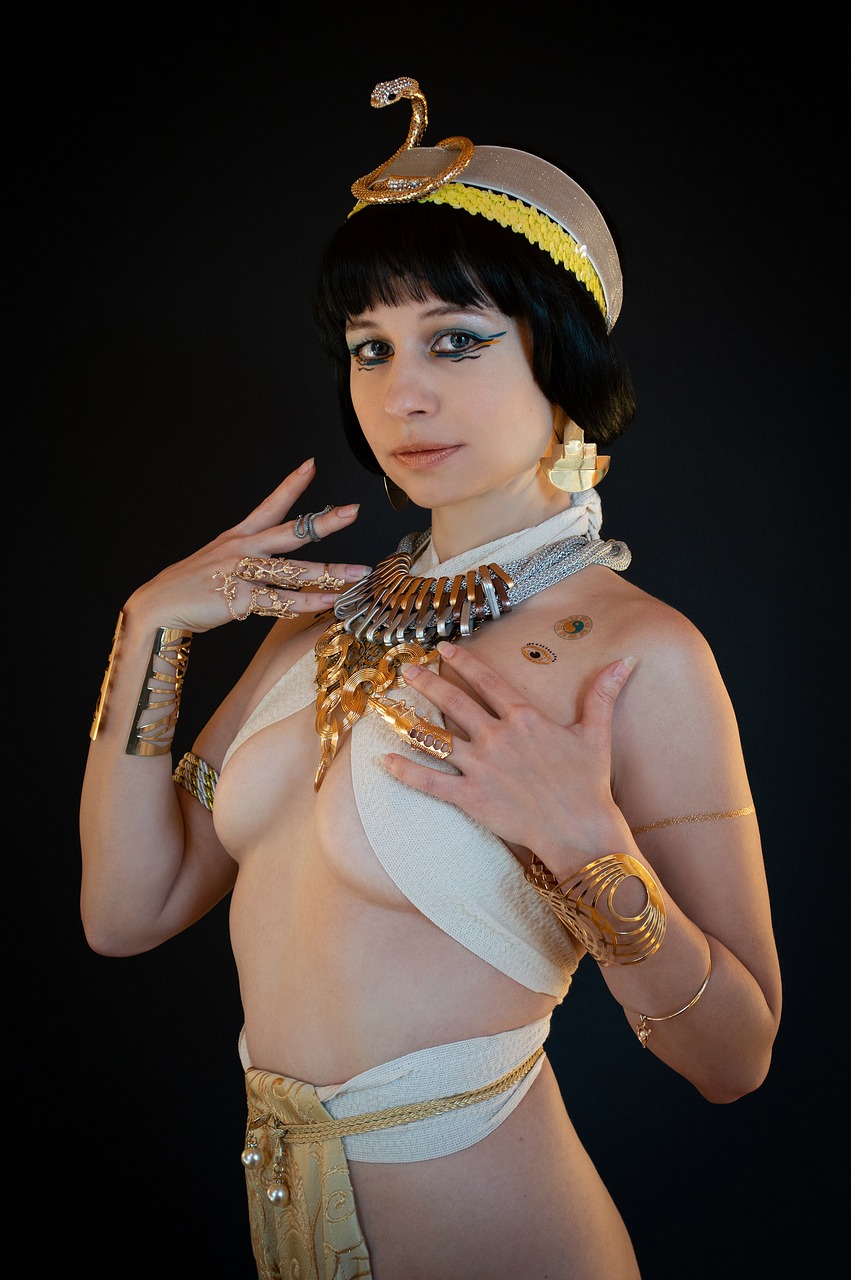Ancient Egyptian religion refers to the spiritual beliefs and practices that were part of the societal framework of ancient Egypt, dating back to as early as the 4th millennium BCE and continuing until the decline of traditional culture in the first centuries CE. Understanding these religious paradigms requires contextualizing them within the extensive history of Egypt.
Integration of Religion in Society
The religious aspects of Egyptian life were deeply woven into the fabric of their society, particularly from around 3000 BCE. Although remnants of prehistoric beliefs likely existed, they were relatively minor in grasping the essence of the religion that emerged alongside the formation of the Egyptian state, which fundamentally altered the religious landscape. It is essential to acknowledge that religion in ancient Egypt cannot be viewed as a monolithic system; rather, it transpired amid a mixture of secular human activities and values.
Over an extensive period exceeding three millennia, Egyptian religion evolved significantly in terms of focus and practices, yet it maintained a consistent character and essence throughout these changes. It is crucial to recognize that the definition of religion should not be excessively narrow, as it extended beyond mere devotion to deities and human acts of piety. It also involved interactions with the deceased, practices like divination and oracles, as well as magic—all of which sought to harness divine influence.
Central Themes of Worship
Two major pillars of public religion emerged: the king and the gods. These components distinguished Egyptian civilization. The king, embodying a unique position bridging the human and divine realms, engaged in divine practices and erected monumental structures to ensure his afterlife was secured through religious means.
The Egyptian pantheon was famously diverse, featuring deities represented in various forms, including anthropomorphic figures with animal characteristics. Among the most notable gods was the sun god—known by multiple names and manifestations—who personified the solar cycle. Osiris, as the god of the dead and overseer of the afterlife, held particular significance alongside his partner Isis, becoming increasingly prominent during the 1st millennium BCE as the worship of the sun god began to wane.
The Cosmic Order
For the ancient Egyptians, the cosmos was inclusive of both the divine and earthly realms, with Egypt at its heart, encircled by the forces of chaos. Central to their worldview was the idea that disorder had to be controlled. The king’s primary role was to maintain divine favor, ensuring order prevailed over chaos. This often bleak interpretation of the cosmos, chiefly associated with the sun god and its cyclic nature, served to legitimize the authority of kings and the elite in their pursuit of creating and sustaining order.
Despite the inherent pessimism reflected in this worldview, official depictions of the cosmos were predominantly optimistic, illustrating harmonious interactions between the king and the deities. This depiction not only reinforced the maintenance of order but also highlighted its precarious nature. The specificity of these portrayals adhered to a strict system of decorum that dictated how these representations could be made, thus assuring a depiction of the universe that complemented the principle of order. Insight into these beliefs is typically derived from the monumental art and texts crafted for the royal class, leaving the everyday religious practices of the general populace less documented. While it seems unlikely that a significant divide in beliefs existed between the social classes, the potential for divergence cannot be entirely dismissed.



